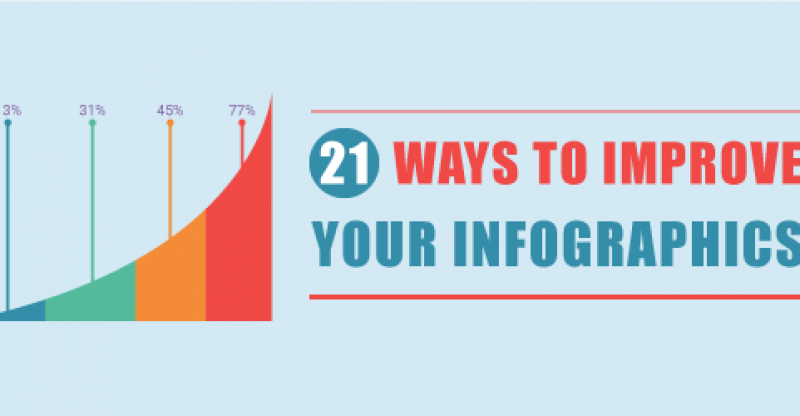21 Ways to Improve Your Infographics
In his book, The Functional Art, Alberto Cairo writes, “The first and main goal of any graphic and visualization is to be a tool for your eyes and brain to perceive what lies beyond their natural reach.”
Effective infographics accomplish this by reducing the barriers to understanding. They make information and data accessible by condensing it into something manageable. They help us overcome our limitations in understanding. No wonder we are fascinated by infographics.
Quantitative versus Qualitative Infographics
Infographics can represent both quantitative and qualitative content. Quantitative infographics refer to numbers and data—anything that can be measured, such as graphs, data visualizations and statistical maps or thematic maps). Qualitative infographics represent content that can’t be measured, using charts, diagrams and illustrations to represent objects and ideas.





